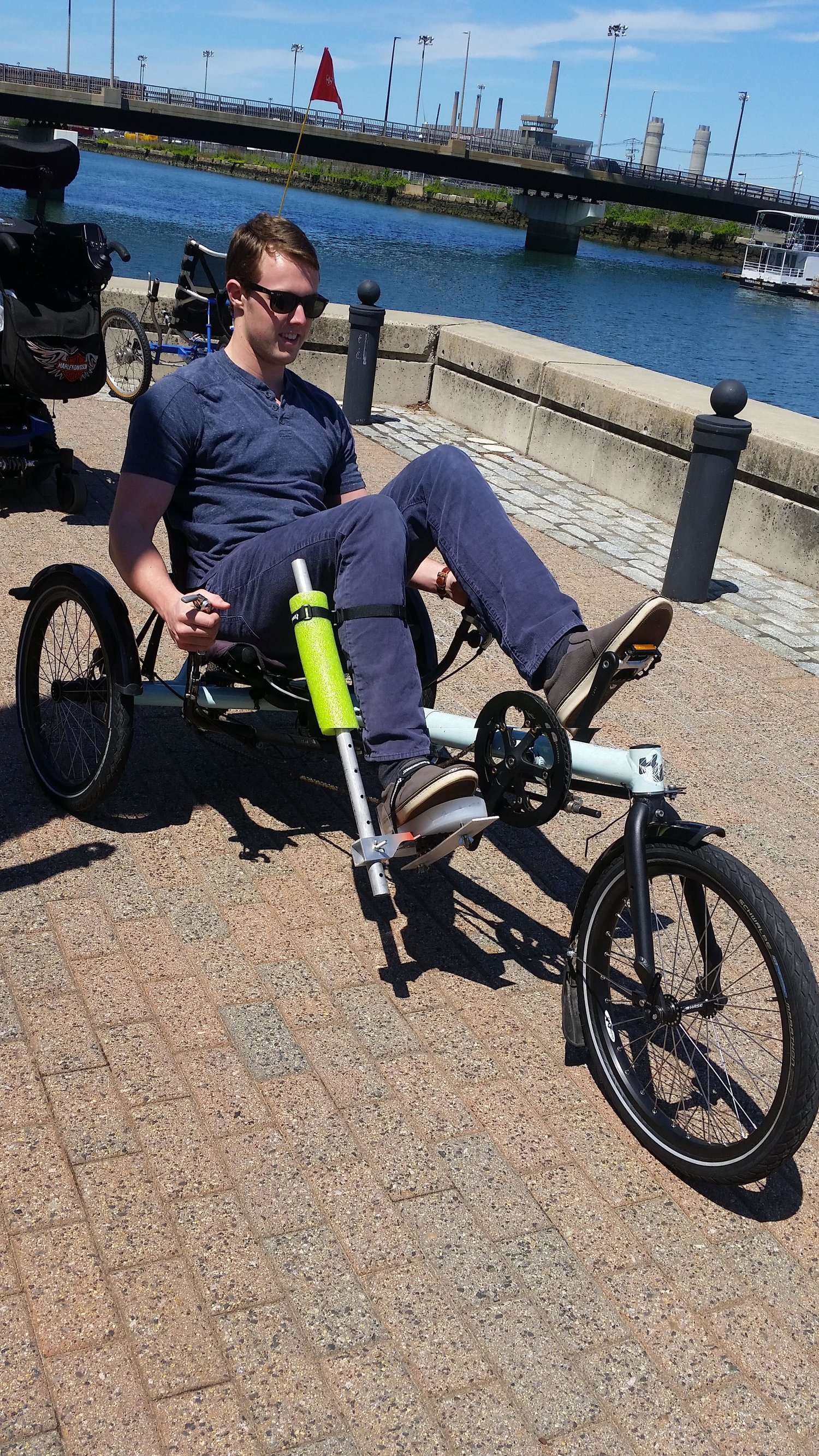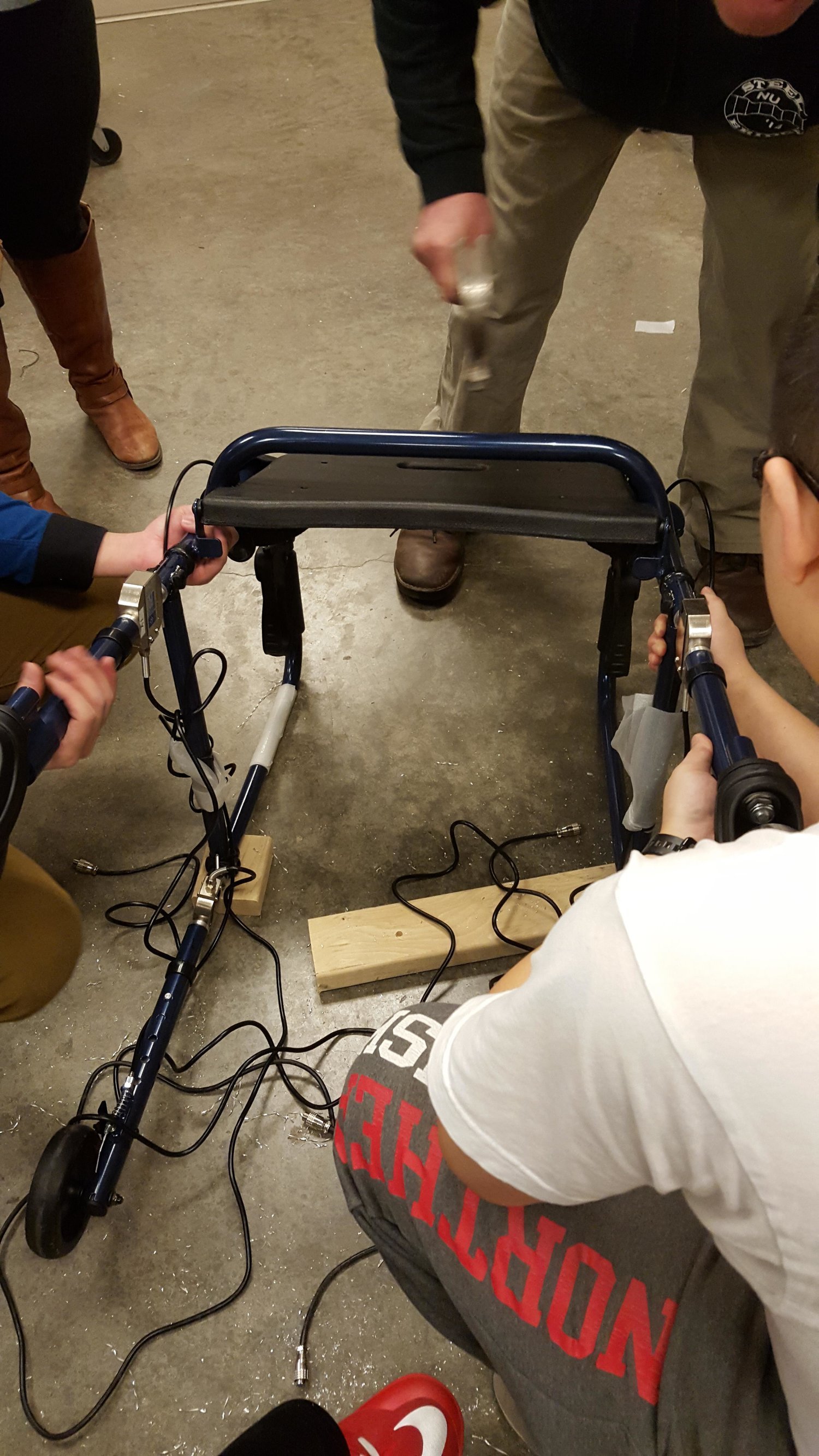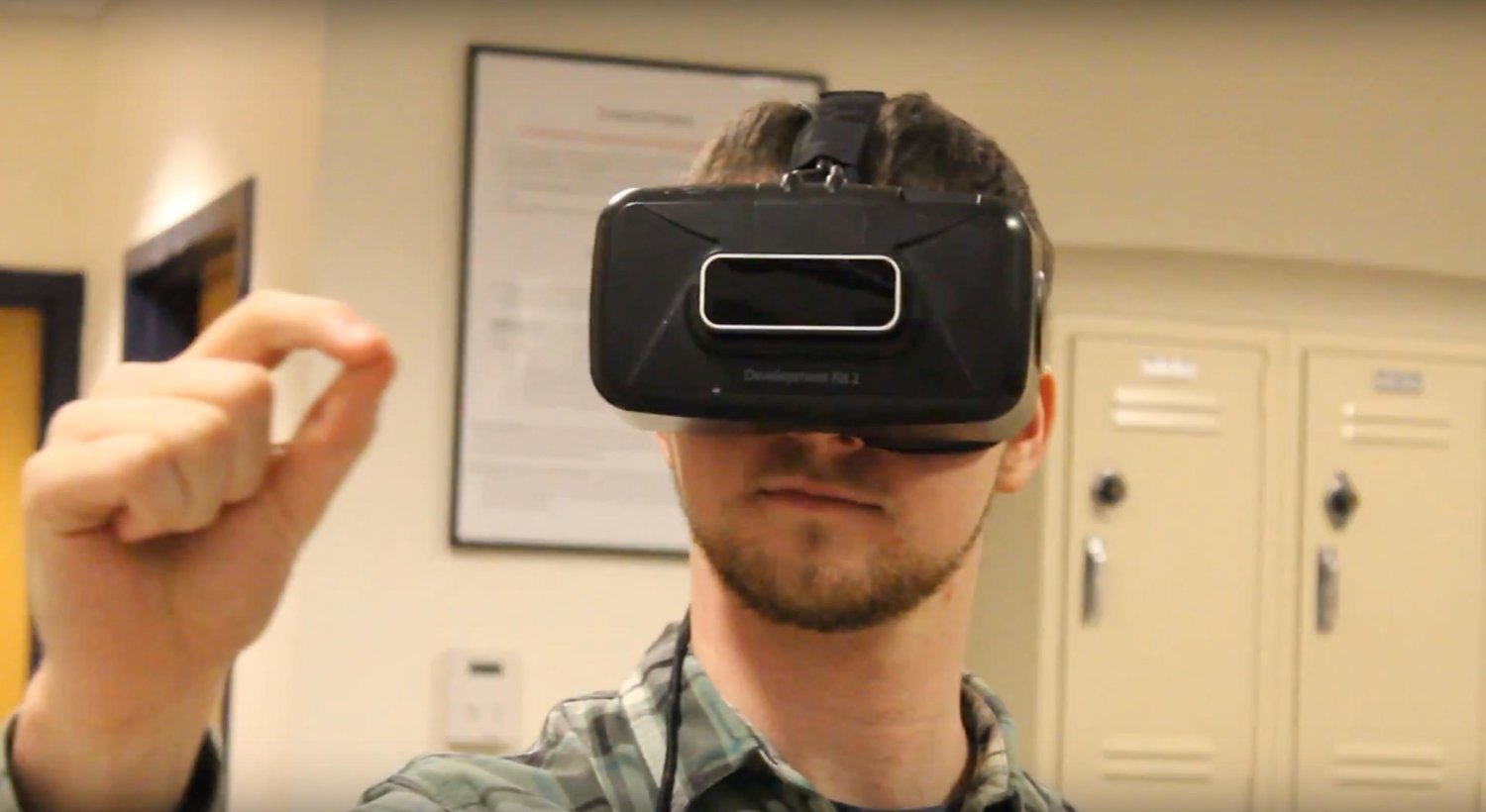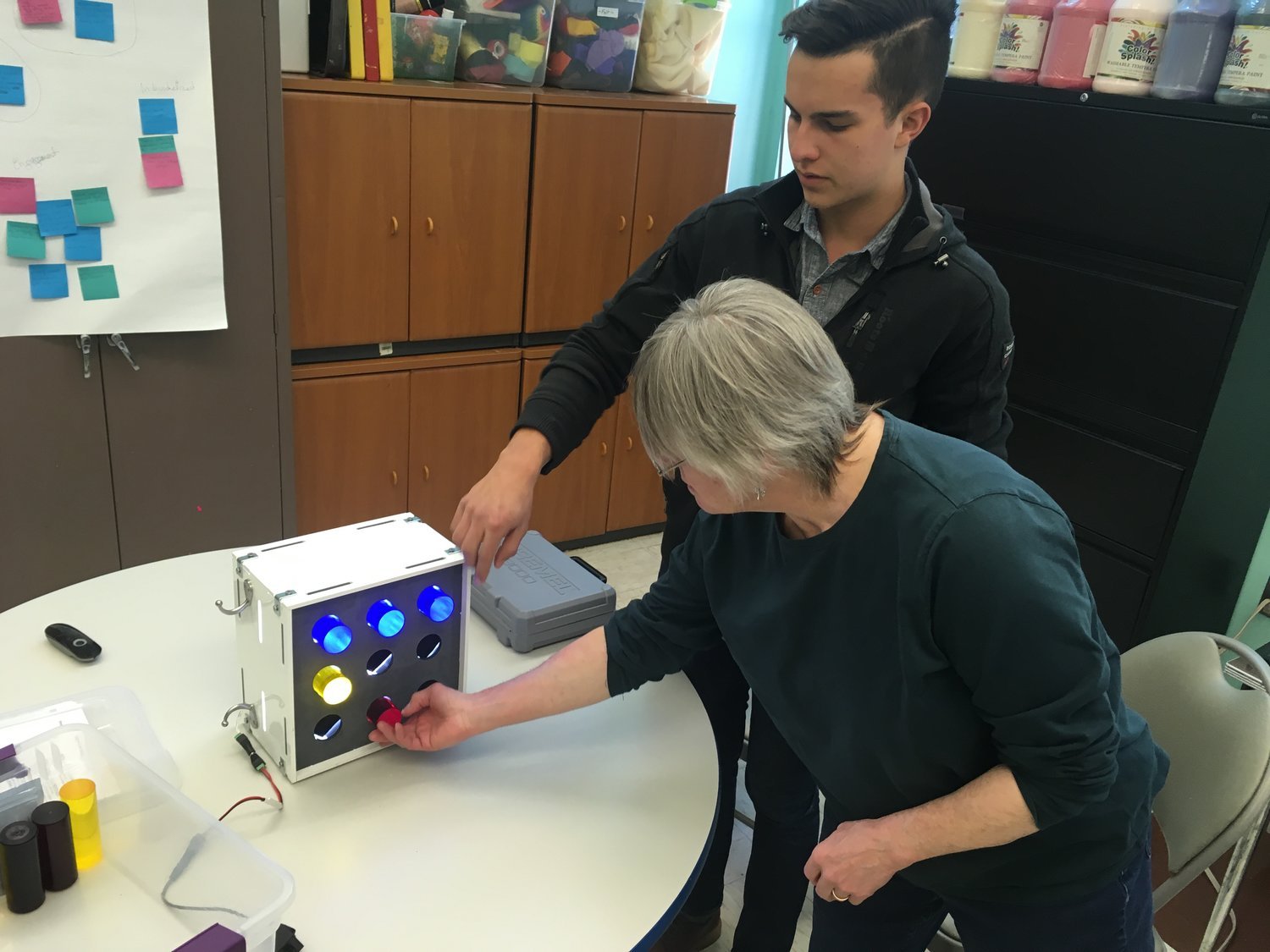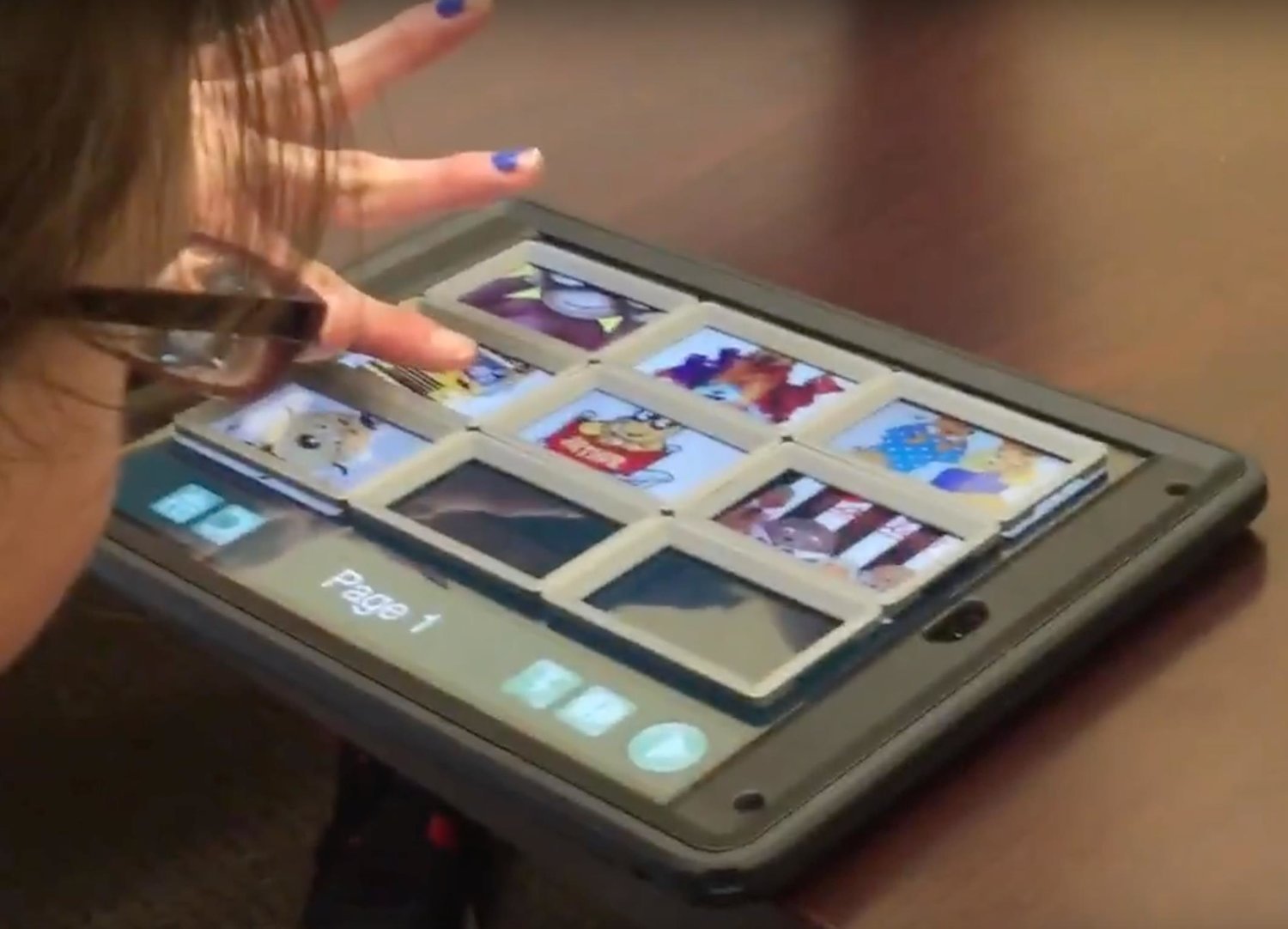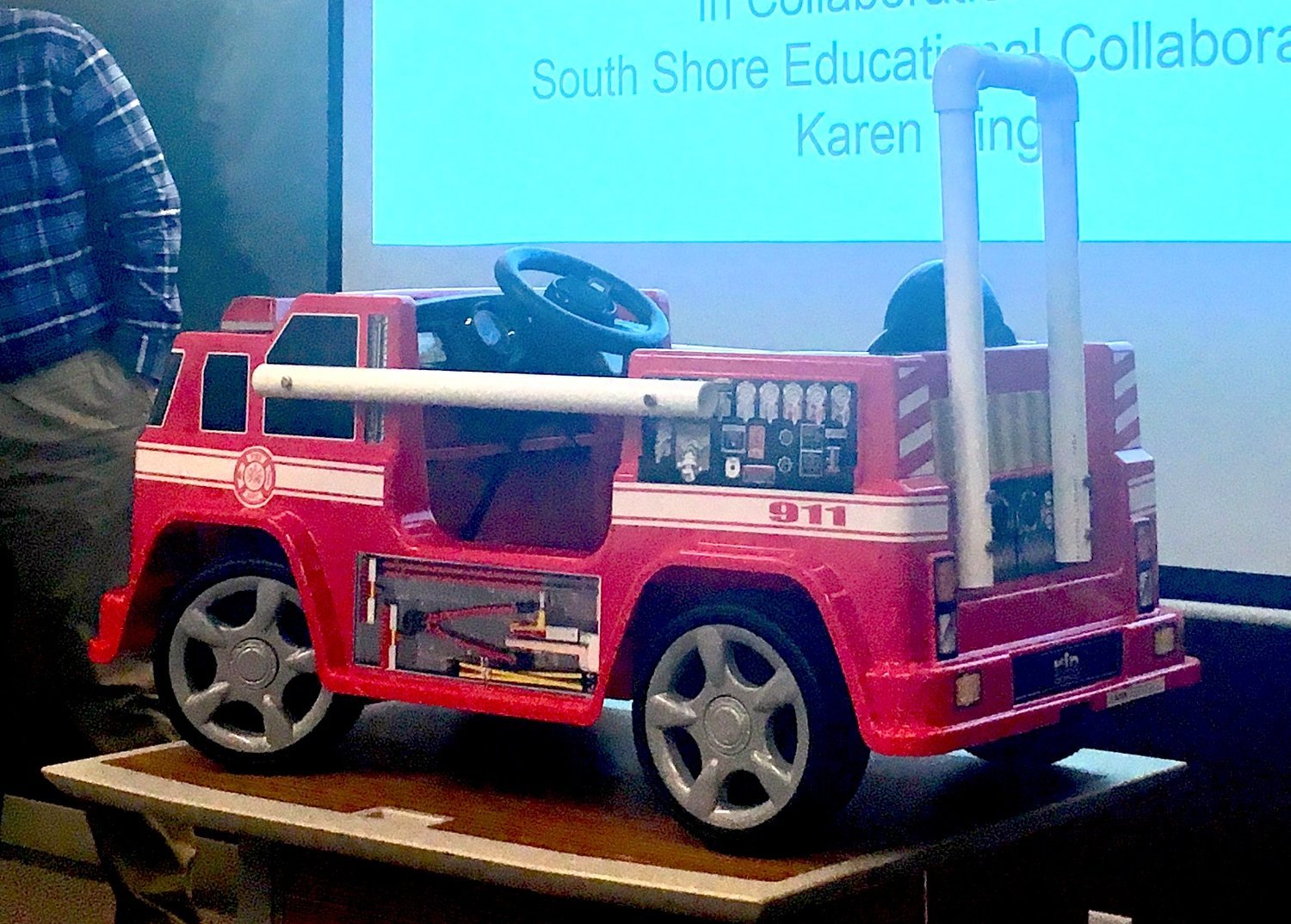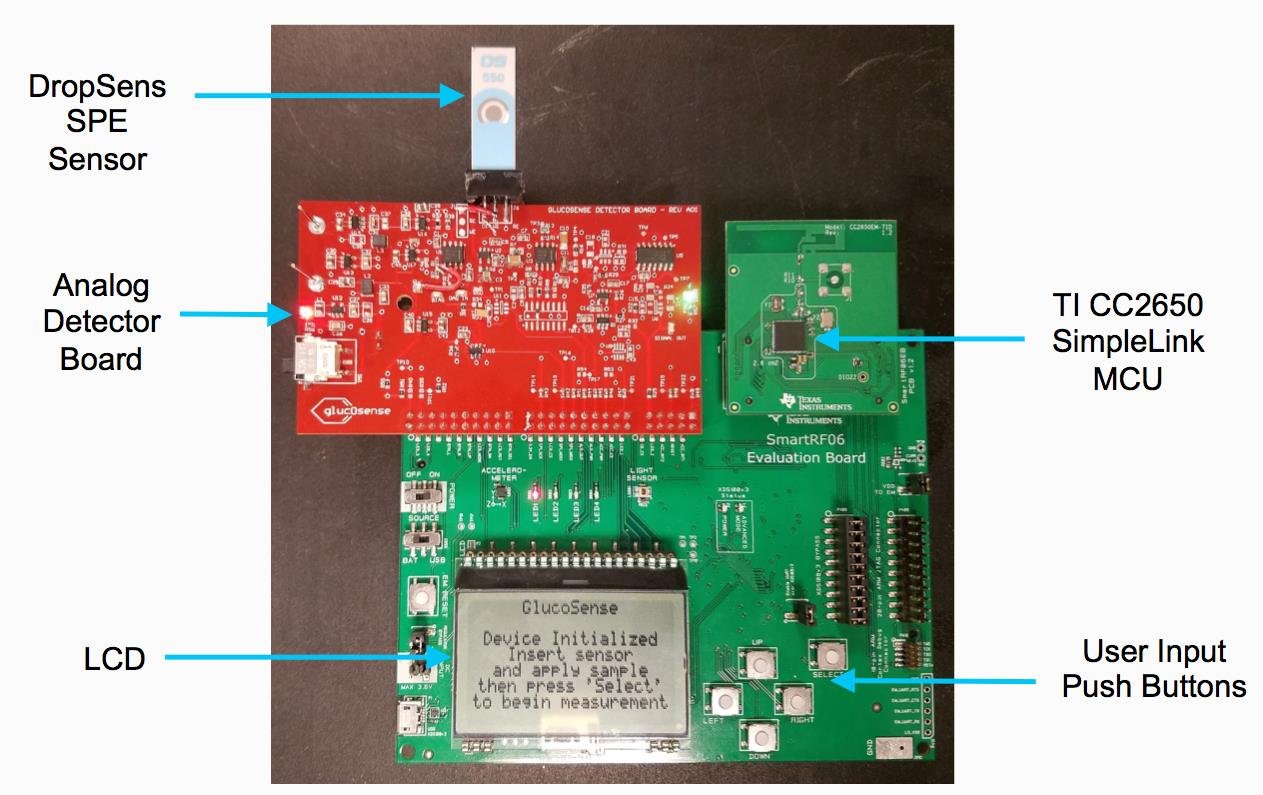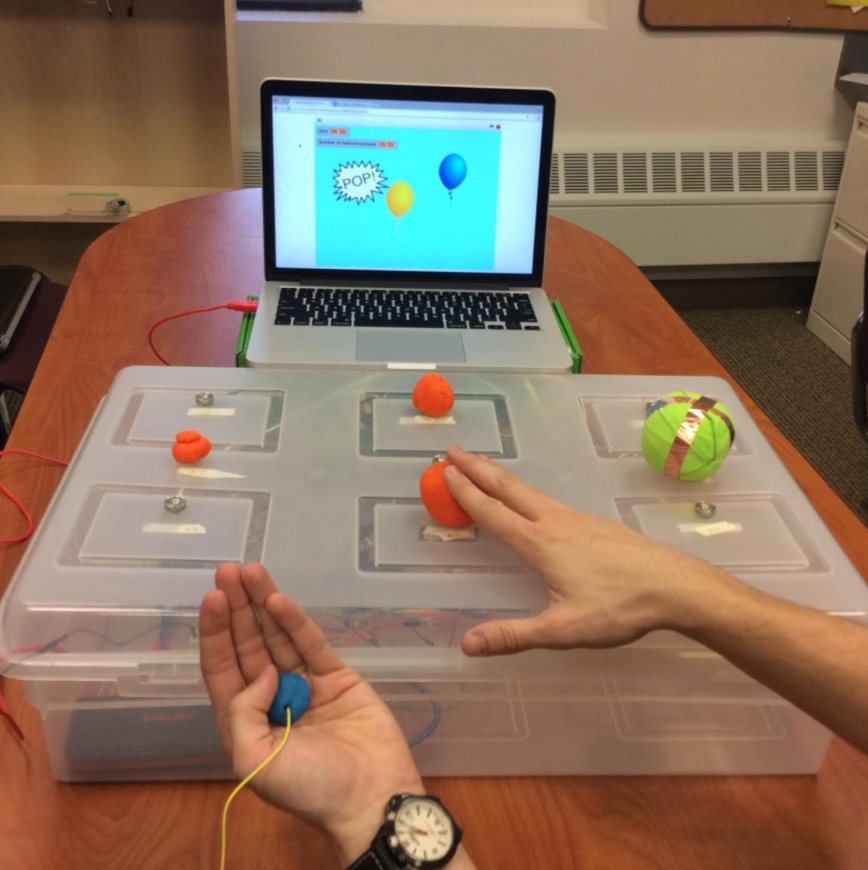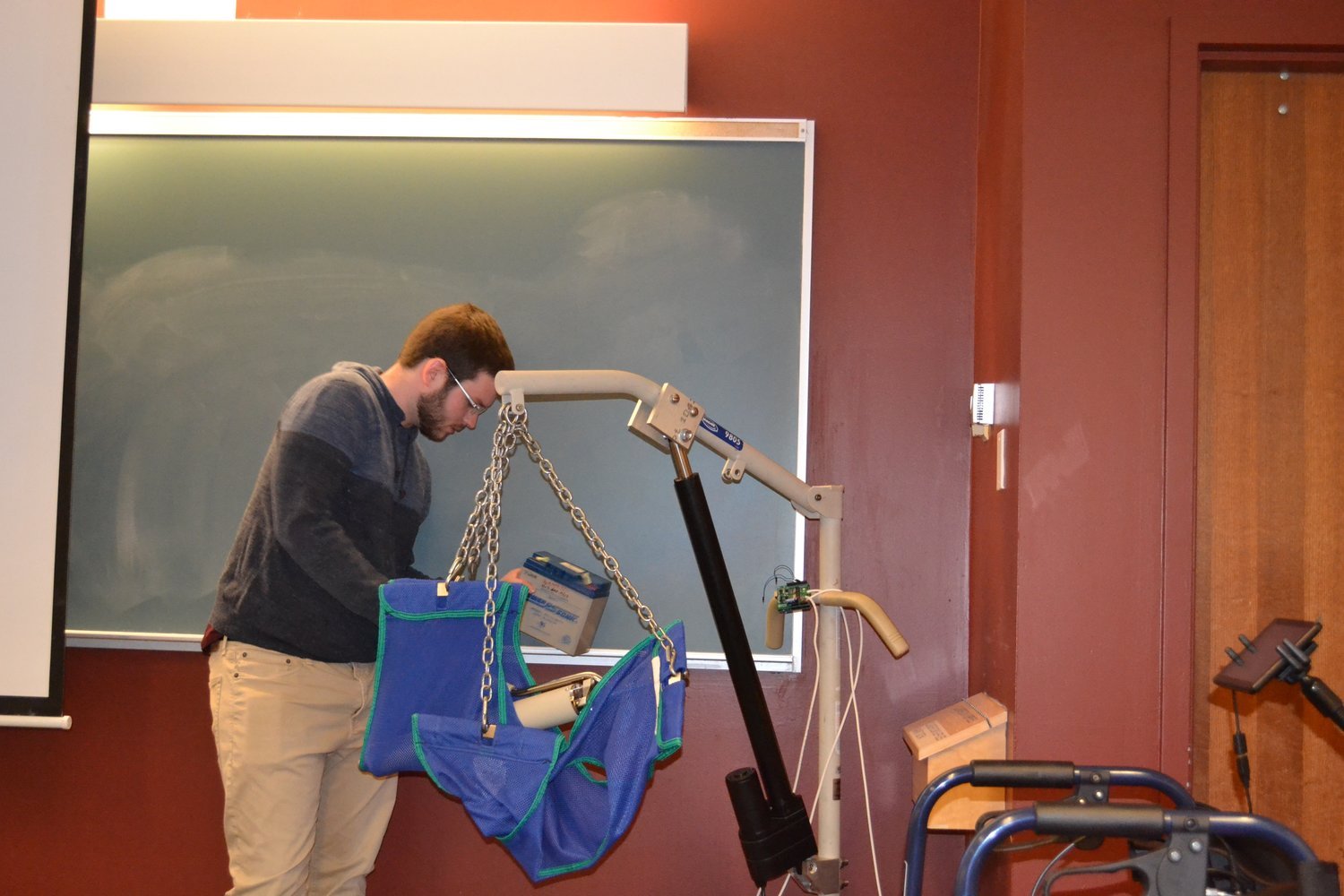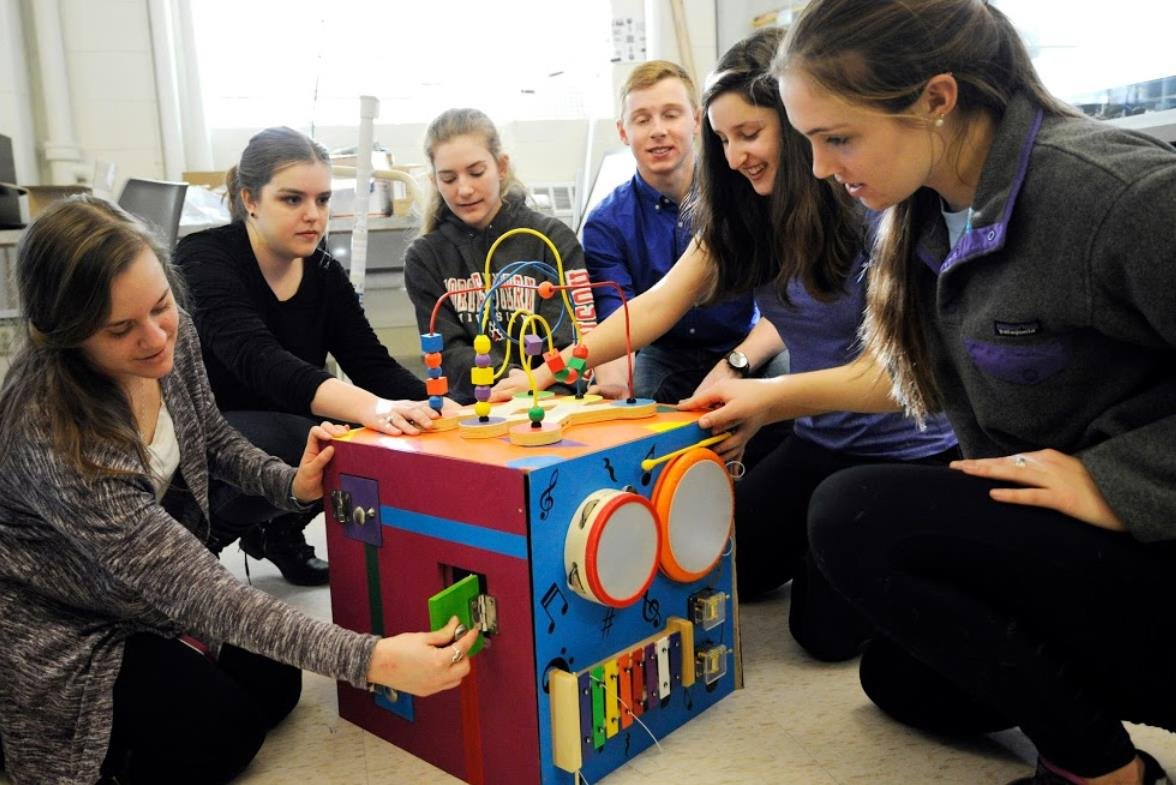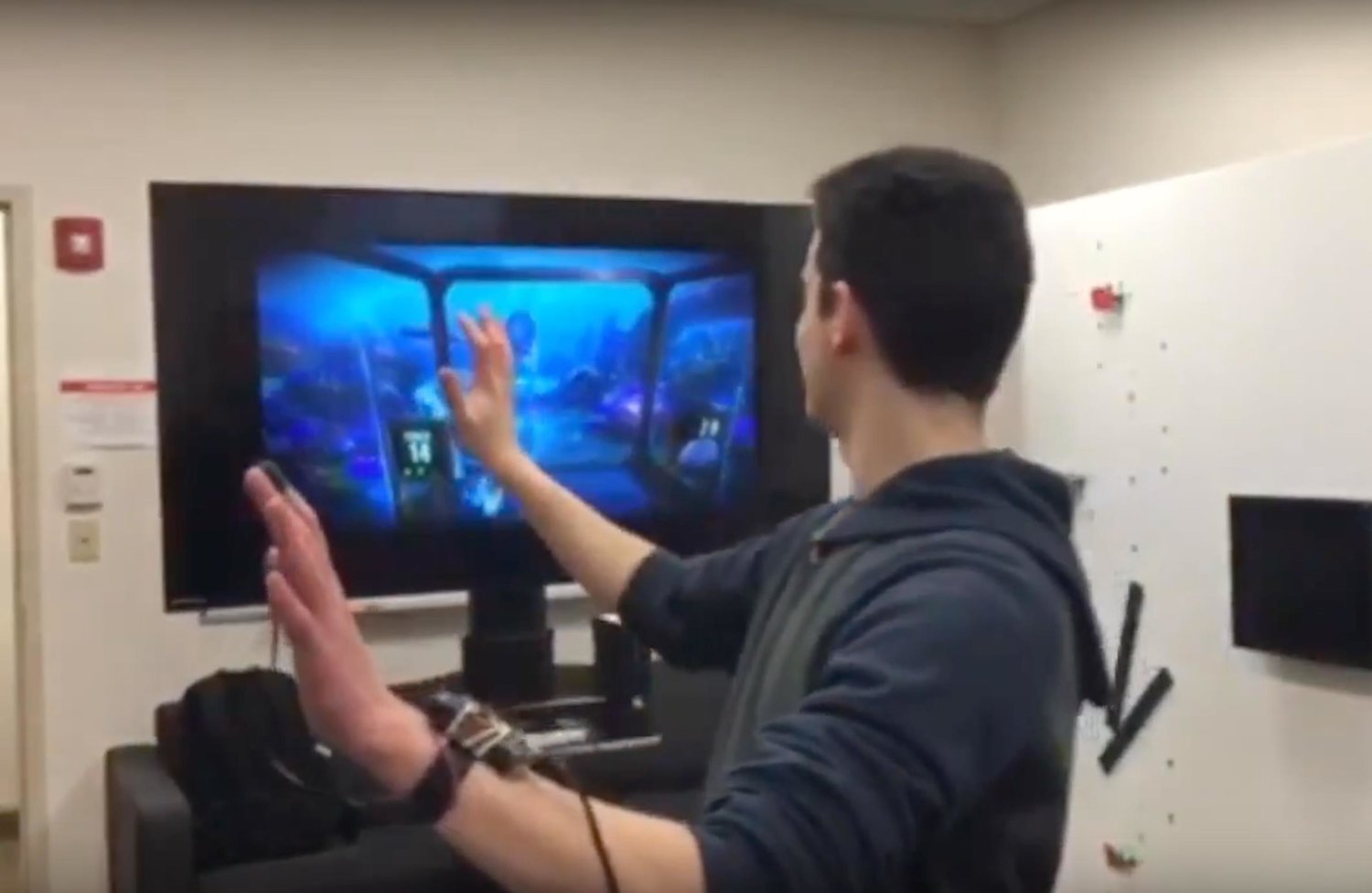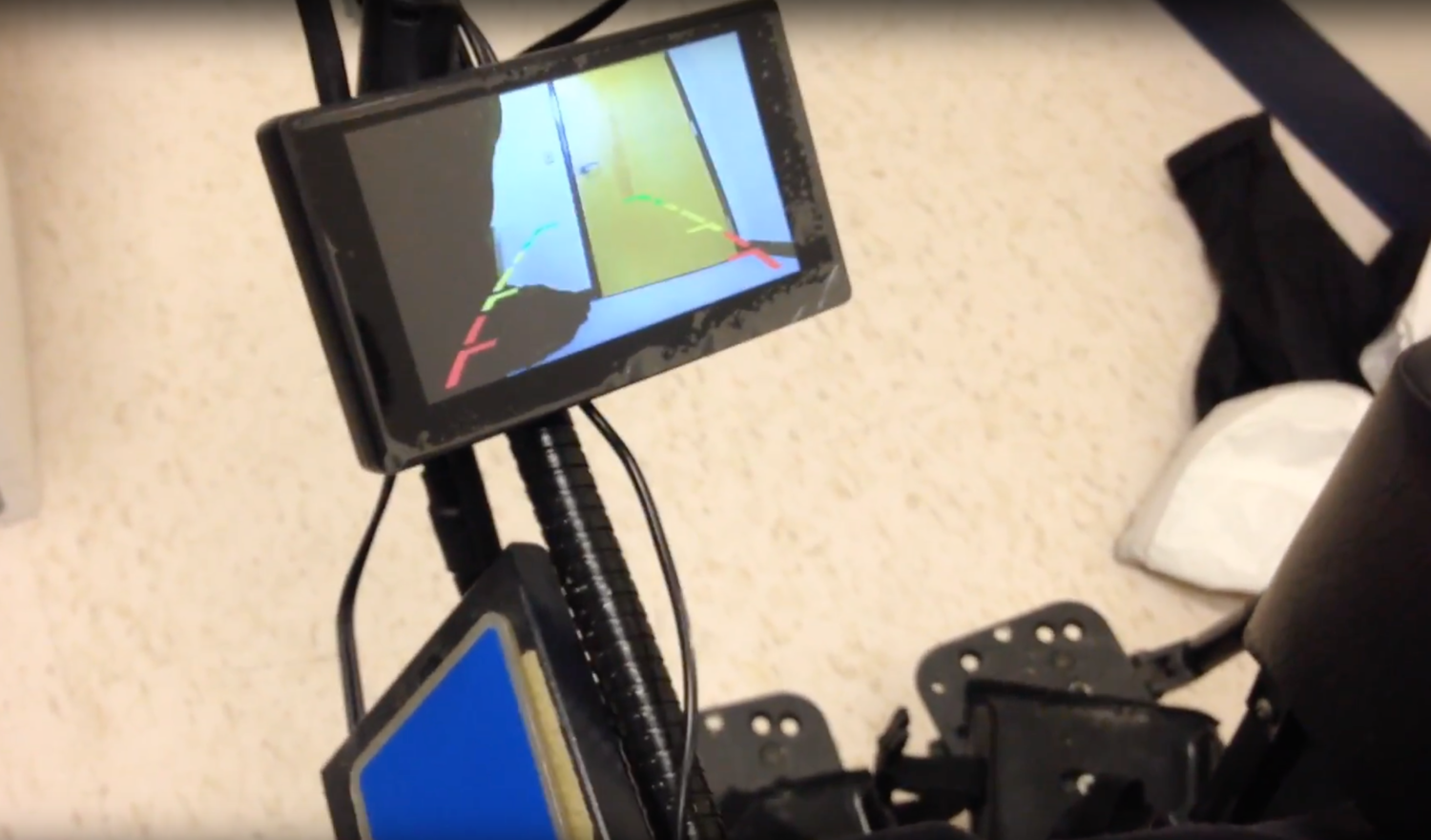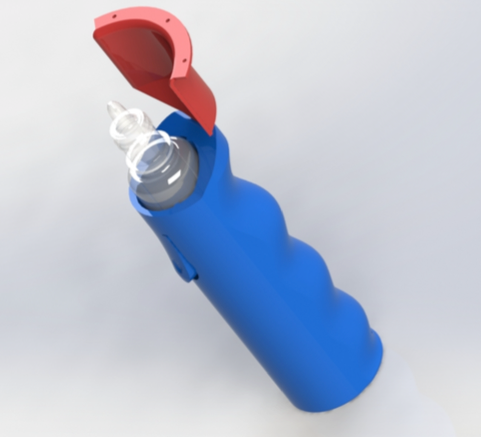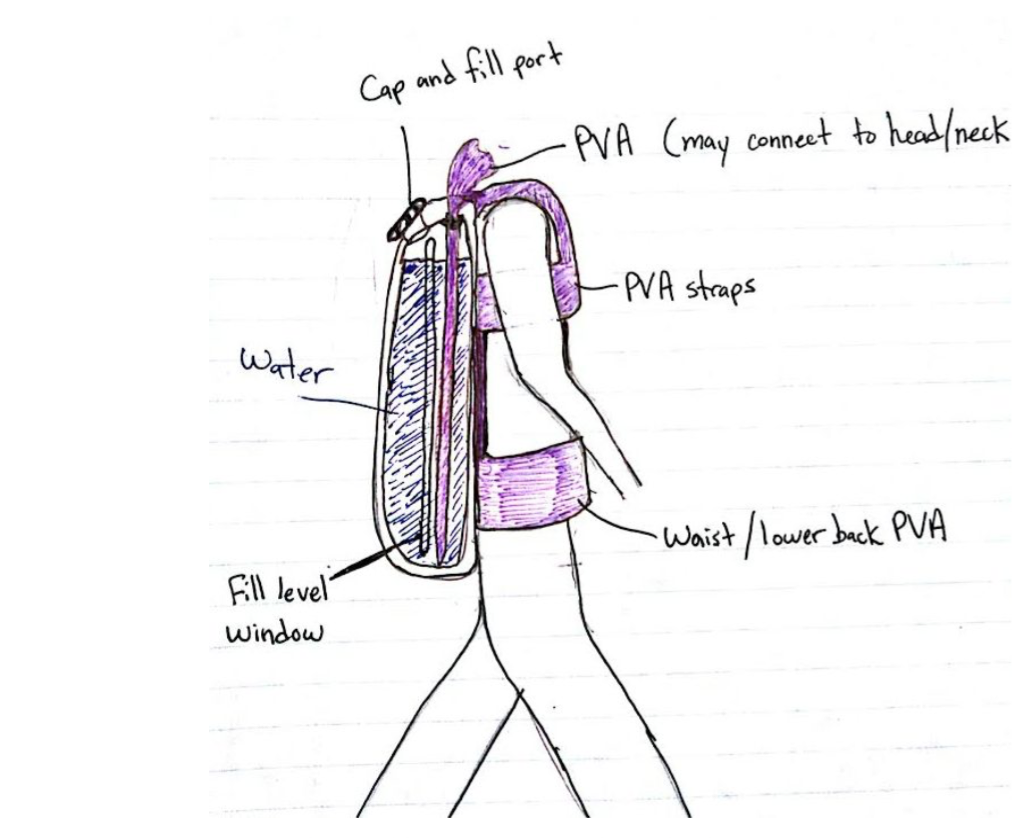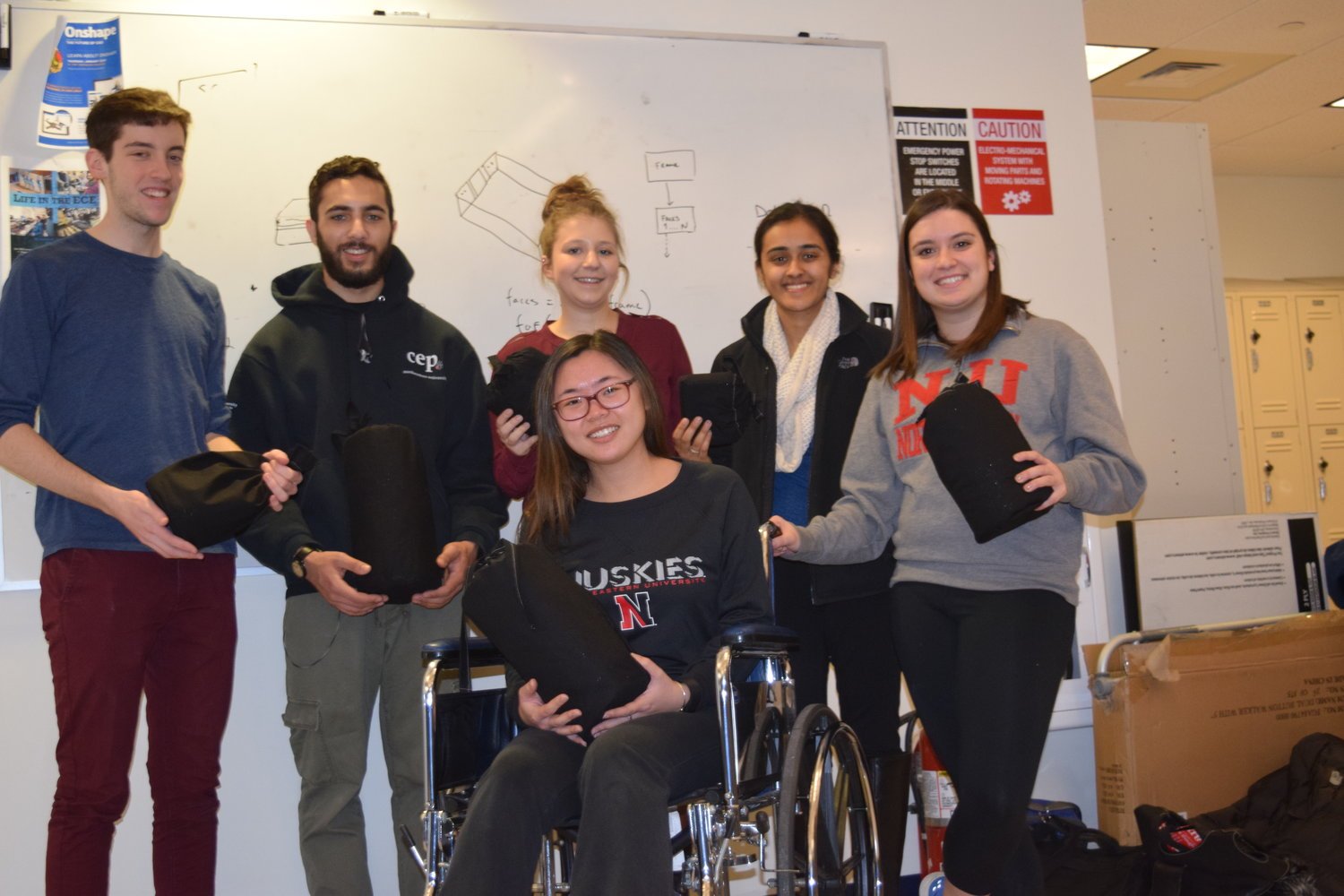Projects in 2016
The team developed a joint fixture that stabilizes a bike rider’s knees. The design integrates a pedal base, attachment plate, support joint, anchor plate and physical support, all centered..
The Smart Walker is a standard walker that has been adapted with pressure sensors that indicate the extent to which a user is leaning on each side.
Following a needs assessment with therapists and researchers, the team developed a prototype for two VR games, which patients can play using an Oculus Rift VR headset.
The Parkinson’s Cup is designed to make every sip like the first sip out of a normal cup—by keeping the liquid level high, the cup ensures that patients don’t have to tip their heads farther back…
The group developed a sleep tracking system composed of a 3-axis accelerometer that reports motion data to a wireless microcontroller. The system is designed to be secured…
The team built a large version of the popular Lite Brite toy that caters specifically to the needs of the Carter School students, providing a way to enhance their environmental awareness more…
The team developed a collection of 3D-printed button guards that adhere to a tablet screen. The guards have sloped sides that guide children’s fingers toward the center of each button.
The goal was to develop a way for the girl to move independently and socialize with her peers. The project built on the work of “Go Baby Go!”, a national program that encourages engineers and…
This project measures glucose concentration from a saliva sample detected by a biosensor developed by Prof. Wang. The design uses a potentiostat circuit that interfaces with the sensor and performs…
The FITBoard (Fun, Interactive Therapy Board) is a low-cost, motivating rehabilitation tool for children with disabilities. The FITBoard consists of a laptop and custom, 3D printed, modular…
This team seeks to provide a more affordable method for paraplegic patients to exercise autonomy over their bodies.
The team built two sensory cubes. The first cube was designed to provide exciting stimulation for children with low tone, who need the positive stimulation and sensory system development.
The team developed the Wireless Home Activity Monitor, or WHAM for short. The device uses an Arduino microcontroller, a 3-axis accelerometer, and an optical heart rate monitor…
This project uses a set of sensors, a camera, and a display that attach to a wheelchair. The device lets the user see the area behind them while backing up to increase spatial awareness…
The selected design mimics an Xbox controller with an adjustable button system. There are left and right joysticks that are separate from the rest of the controller…
The team set out to design an eye drop device that makes it easier for users to physically squeeze fluid out of the bottle, reduces the required head tilt, eliminates the need to squeeze with fine motor control…
The team developed a battery powered backpack that pumps water to an absorbent fabric distributed across all of the backpack surfaces that touch the wearer.
The team designed and fabricated a set of foam supports. When the children at the For His Children Orphanage use their wheelchairs, the caretakers use the supports to position them properly…
This chime-based switch allows the student to send a signal by brushing his hand along a collection of hanging chimes—a solution inspired by his love of wind chimes.


